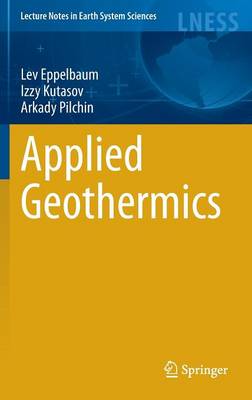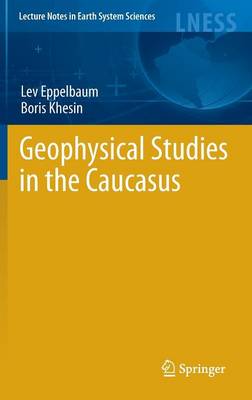Lecture Notes in Earth System Sciences
2 total works
This book describes origin and characteristics of the Earth’s thermal field, thermal flow propagation and some thermal phenomena in the Earth. Description of thermal properties of rocks and methods of thermal field measurements in boreholes, underground, at near-surface conditions enables to understand the principles of temperature field acquisition and geothermal model development. Processing and interpretation of geothermal data are shown on numerous field examples from different regions of the world. The book warps, for instance, such fields as analysis of thermal regime of the Earth’s crust, evolution and thermodynamic conditions of the magma-ocean and early Earth atmosphere, thermal properties of permafrost, thermal waters, geysers and mud volcanoes, methods of Curie discontinuity construction, quantitative interpretation of thermal anomalies, examination of some nonlinear effects, and integration of geothermal data with other geophysical methods.
This book is intended for students and researchers in the field of Earth Sciences and Environment studying thermal processes in the Earth and in the subsurface. It will be useful for specialists applying thermal field analysis in petroleum, water and ore geophysics, environmental and ecological studies, archaeological prospection and climate of the past.

